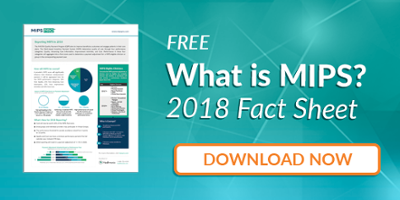
Healthmonix has just announced several types of increased functionality in the MIPSPRO measure engine, including new options to input the outcome of a measure for a visit using an “English” code. In this post, we’ll outline exactly what that entails, and what it means for our users and the future of interoperability.
Our measure status upload functionality will soon provide you with the ability to “tell” MIPSPRO the outcome of a measure for a visit using an English code, such as “Met”, “Not Met”, or “Exception”. Plain English expressions can be used in either spreadsheet or manual entry situations. This new feature will especially save time and energy for users whose EMR already tracks data in this or a similar format.
MIPSPRO will allow for two possible approaches to using these plain English codes. When customers upload a spreadsheet into the MIPSPRO system, they can either enter English codes for multiple measures in the same column, or for just one measure per column.
1st Option: Multiple Measures in the Same Column
This approach is found through “advanced options” on the mapping page, and is labelled as “measure status codes” in the dropdown menu. In the spreadsheet cell, users can format their code as “[measure number] [space] [met/not met/exception]”, for example “19 Met” or “130 Not Met”. This approach will be useful in the case that your spreadsheet is truly vertical—meaning a new line in the spreadsheet exists for every code in the visit.
2nd Option: One Measure Per Column
This approach is also found through “advanced options” on the mapping page, and is labelled “measure status columns” in the dropdown menu. The header for this approach must be formatted as “m[measure number]”, for example “m226”. In the spreadsheet, users can simply format the code as “[met/not met/exception]”. This approach is ideal for users with a “one line per visit” spreadsheet, meaning that every measure has its own column.
Users will also now be able to manually enter an English code in the visit itself, by clicking the “advanced” link under the run codes box and then entering the code into the “measure status” box using the format “[measure number] [space] [English code]”.


